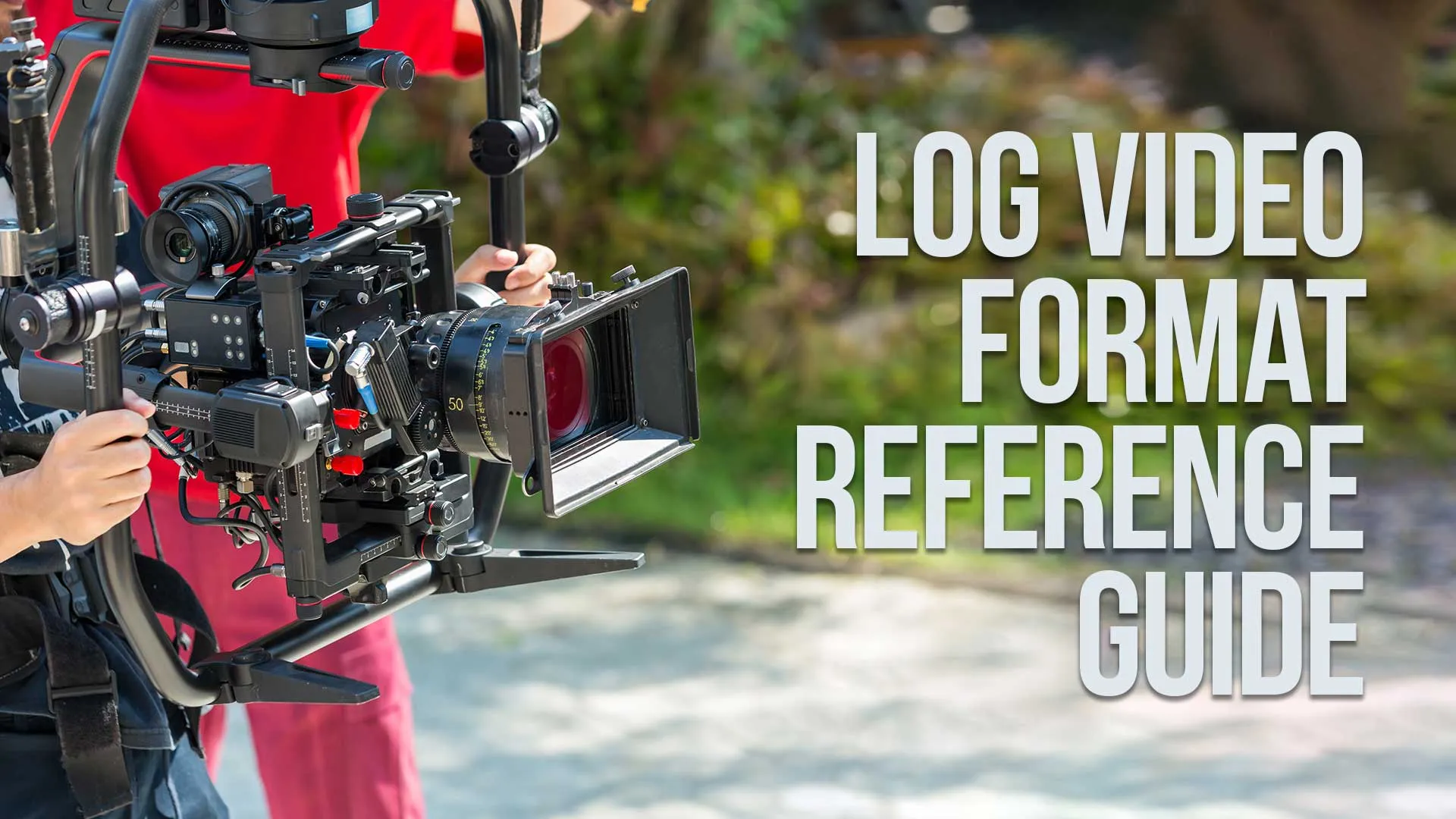As a video editor and colorist, I wanted to create a reference guide about log format video.
Every time I get footage from a client that is shot on a different camera, I find myself googling which format the camera shoots so I can use the correct LUT in Premiere Pro or Color Space Transform in Davinci Resolve.
In this article, you'll learn everything you need to know about the flat footage of log format video.
Also included is a reference table showing the different camera models from the main digital video camera manufacturers and what log modes they shoot.
Please bookmark this page and share on your blog or social media to reference for later!
Table of Contents
- Understanding Log Video
- Advantages Of Log Video Format
- Popular Log Formats
- Camera Manufacturer And Model Log Formats Reference
- Arri
- Blackmagic Design
- Canon
- DJI
- JVC
- Nikon
- Olympus / OM Systems
- Panasonic
- RED
- Sony
- The Importance Of Gamma Curves In Log Video
- Color Correction And Grading In Log Video
- Understanding Bit Depth And Its Impact On Log Video
- White Balance And Its Role In Log Format Video
- The Bayer Pattern And Its Significance In Log Video Format
- HDR And Its Relationship With Log Format Video
- The Role Of Luts In Log Workflow
- Log Format And Its Impact On Storage Requirements
- Educating Clients On The Benefits Of Log Format Video
- The Importance Of Monitoring And Exposure Tools
- Challenges And Best Practices For Shooting Log Format Video
- Learning And Mastering Color Grading For Log Format Video
- The Future Of Log Format Video In Filmmaking
- Conclusion
- Log Format Video FAQ

Understanding Log Video
Log video is a recording method used by modern cameras to capture a wide dynamic range.
The purpose of log video is to record more image information, resulting in better quality and flexibility during post-production.
The term "log" comes from the logarithmic gamma curve applied to the camera's sensor data.
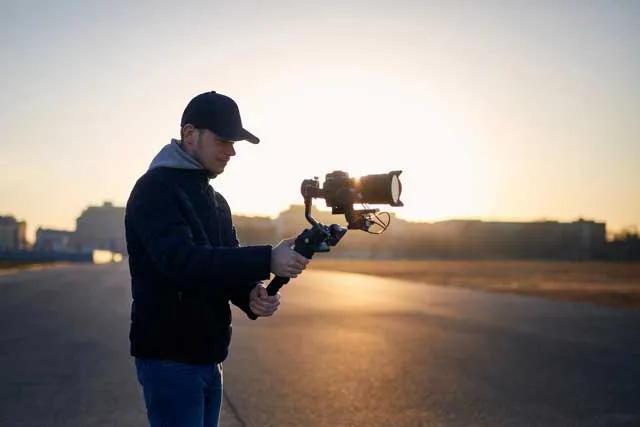
Advantages of Log Video Format
Increased Dynamic Range
The primary advantage of log video is that it captures a greater dynamic range.
The camera's dynamic range refers to the range of luminance values it can capture, from the darkest shadows to the brightest highlights.
Log format allows for more dynamic range, enabling you to capture more detail in both highlights and shadows.
Better Color Grading Options
Log footage provides more flexibility in color grading. Log video has a very low contrast and a wider color gamut, which allows for greater control during the color grading process.
This results in the ability to create various looks and styles for your footage without degrading image quality.
Improved Editing Flexibility
Specific log modes offer more image information than other compressed video formats, providing greater flexibility in post-production.
With more data, editors can make more significant adjustments without losing image quality.
Popular Log Formats
Canon Log
Canon Log is a specific log mode designed for Canon cameras. This log format allows for greater dynamic range, making it ideal for color grading in post-production.
S-Log
Sony cameras record in S-log, which is designed to capture a wide dynamic range. Like other log formats, S-Log footage has a very low contrast and a wider color gamut, making it well-suited for color grading.
V-Log
V-Log is alog format created by Panasonic. It is similar to other log formats in that it optimizes the dynamic range captured by the camera's sensor.
Specifically designed for Panasonic's line of cameras, V-Log allows for better color correction and more flexibility in post-production.
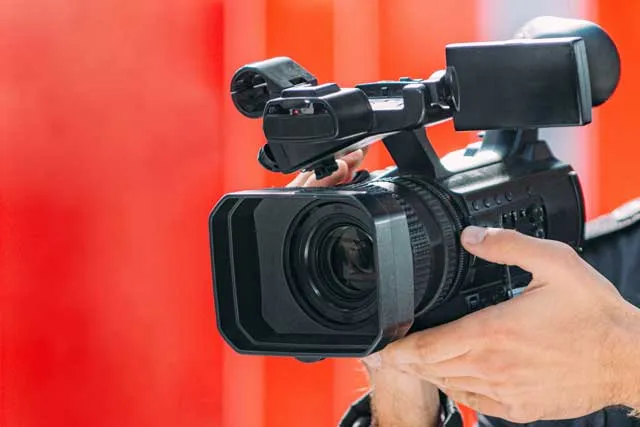
Camera Manufacturer and Model Log Formats Reference
Arri
| Camera Model | Log Formats |
|---|---|
| ALEXA 35 | ARRIRAW - LogC4 |
| ALEXA LF | ARRIRAW - Log C, ALEXA Wide Gamut |
| ALEXA Mini LF | ARRIRAW - Log C, Alexa Wide Gamut |
| AMIRA | ProRes - Log C, ALEXA Wide Gamut |
| AMIRA Live | ProRes - Log C, ALEXA Wide Gamut |
| ARRI ALEXA SXT | ARRIRAW - Log C, ALEXA Wide Gamut |
Blackmagic Design
| Camera Model | Log Formats |
|---|---|
| Blackmagic Micro Cinema Camera | ProRes - BMD Film |
| Blackmagic Pocket Cinema Camera 4K | Blackmagic RAW - BMD Film |
| Blackmagic Pocket Cinema Camera 6K | Blackmagic RAW - BMD Film |
| Blackmagic Pocket Cinema Camera 6K Pro | Blackmagic RAW - BMD Film |
| Blackmagic Studio Camera 4K Plus | Blackmagic RAW - BMD Film |
| Blackmagic Studio Camera 4K Pro | Blackmagic RAW - BMD Film |
| Blackmagic Studio Camera 4K Pro G2 | Blackmagic RAW - BMD Film |
| Blackmagic URSA Broadcast G2 | Blackmagic RAW - BMD Film |
| Blackmagic URSA Mini Pro 12K | Blackmagic RAW - BMD Film |
| Blackmagic URSA Mini Pro 12K OLPF | Blackmagic RAW - BMD Film |
| Blackmagic URSA Mini Pro 4.6K G2 | Blackmagic RAW - BMD Film |
Canon
| Camera Model | Log Formats |
|---|---|
| Canon EOS C100 Mark II | Canon Log |
| Canon EOS C200 | Canon Log, Canon Log 3 |
| Canon EOS C300 Mark III | Canon Log 2, Canon Log 3 |
| Canon EOS C70 | Canon Log 2, Canon Log 3 |
| Canon EOS R5 | Canon Log, Canon Log 3 |
| Canon EOS R6 | Canon Log 1 |
| Canon EOS-1D X Mark III | Canon Log |
| Canon VIXIA HF G50 | Wide DR (Not a true log format) |
| Canon VIXIA HF G60 | Wide DR (Not a true log format) |
| Canon XA45/XA40 | Wide DR, YDR (Not true log formats) |
| Canon XA50/XA55 | Wide DR, YDR (Not true log formats) |
| Canon XF605 | Canon Log 3 |
| Canon XF705 | Canon Log 3 |
DJI
| Camera Model | Log Formats |
|---|---|
| DJI Inspire 2 | D-Log |
| DJI Mavic 2 Pro | D-Log |
| DJI Mavic 2 Zoom | D-Log |
| DJI Mavic Air 2 | D-Log |
| DJI Mini 2 | D-Log |
| DJI Phantom 4 Pro V2.0 | D-Log |
| DJI Phantom 4 RTK | D-Log |
| DJI Zenmuse X4S | D-Log |
| DJI Zenmuse X5S | D-Log |
| Zenmuse X7 | D-Log |
JVC
| Camera Model | Log Formats |
|---|---|
| GY-LS300 | J-Log1 or H.264/H.265 4:2:2 10-bit |
| JVC GY-HC500 | J-Log1 |
| JVC GY-HC900 | J-Log1 |
| JVC GY-HM170 | TBD |
| JVC GY-HM180 | TBD |
| JVC GY-HM250 | TBD |
| JVC GY-LS300 | J-Log1 or H.264/H.265 4:2:2 10-bit |
Nikon
| Camera Model | Log Formats |
|---|---|
| D5600 | N-Log |
| D6 | N-Log |
| D7500 | N-Log |
| D780 | N-Log, requires digital recorder |
| Z5 | N-Log |
| Z50 | N-Log |
| Z6 II | N-Log, requires digital recorder |
| Z7 II | N-Log, requires digital recorder |
Olympus / OM Systems
| Camera Model | Log Formats |
|---|---|
| OM-1 | OM-Log400 |
| OM-5 | OM-Log400 |
| OM-D E-M10 Mark IV | OM-Log400 |
| OM-D E-M1 Mark II | OM-Log400 |
| OM-D E-M1 Mark III | OM-Log400 |
| OM-D E-M1X | OM-Log400 |
| OM-D E-M5 Mark III | OM-Log400 |
Panasonic
| Camera Model | Log Formats |
|---|---|
| AG-CX350 | TBD |
| AU-EVA1 | TBD |
| Lumix DC-S1H | V-Log, V-Gamut |
| Lumix FZ2500 | V-LogL |
| Lumix G85 | V-Log |
| Lumix G95 | V-LogL |
| Lumix G9 | V-LogL |
| Lumix GH5 | V-LogL |
| Lumix GH5 II | V-LogL |
| Lumix GH5S | V-LogL |
| Lumix GX9 | V-LogL |
| Lumix S1 | V-LogL |
| Lumix S1R | V-LogL |
| Lumix S5 | V-LogL |
| VariCam LT | V-Log, V-Gamut |
RED
| Camera Model | Log Formats |
|---|---|
| DSMC2 | REDCODE RAW - RedLogFilm, REDWideGamutRGB |
| DSMC2 GEMINI 5K S35 | REDCODE RAW - RedLogFilm, REDWideGamutRGB |
| DSMC2 HELIUM 8K S35 | REDCODE RAW - RedLogFilm, REDWideGamutRGB |
| DSMC2 MONSTRO 8K VV | REDCODE RAW - RedLogFilm, REDWideGamutRGB |
| KOMODO 6K | REDCODE RAW - RedLogFilm, REDWideGamutRGB |
| RANGER GEMINI 5K S35 | REDCODE RAW - RedLogFilm, REDWideGamutRGB |
| RANGER HELIUM 8K S35 | REDCODE RAW - RedLogFilm, REDWideGamutRGB |
| RANGER MONSTRO 8K VV | REDCODE RAW - RedLogFilm, REDWideGamutRGB |
Sony
| Camera Model | Log Formats |
|---|---|
| FX3 | S-Log3 or S-Cinetone |
| FX6 | S-Log3 or S-Cinetone |
| FX9 | S-Log3 or S-Cinetone |
| Venice | X-OCN or RAW |
| PXW-FX9 | S-Log3, S-Gamut3, S-Gamut3.Cine |
| PXW-FS7 | S-Log3, S-Gamut3, S-Gamut3.Cine |

The Importance of Gamma Curves in Log Video
Gamma curves play a critical role in log video formats. They define how the digital signal is translated from the camera sensor to the final image.
The log gamma curve helps to preserve the image's dynamic range by compressing the highlights and shadows in a way that retains more image information.
This results in a flat image that can be color graded with greater flexibility in post-production.

Color Correction and Grading in Log Video
Color correction and grading are essential steps in the post-production process when working with log footage.
Since log video is captured with very low contrast and a wider color gamut, it requires proper color correction to achieve the desired look.
Color correction allows filmmakers to apply creative color schemes and styles, enhancing the mood and tone of the final video.
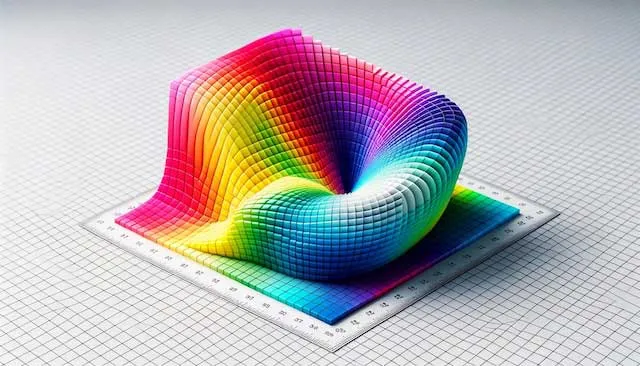
Understanding Bit Depth and Its Impact on Log Video
Bit depth is a crucial factor in determining the quality of log.
A higher bit depth allows for more colors and tones to be captured, resulting in a smoother gradient and more image information.
Most modern cameras support at least 10-bit color depth, providing filmmakers with the flexibility to manipulate the color grade of footage in post-production without introducing artifacts or banding.
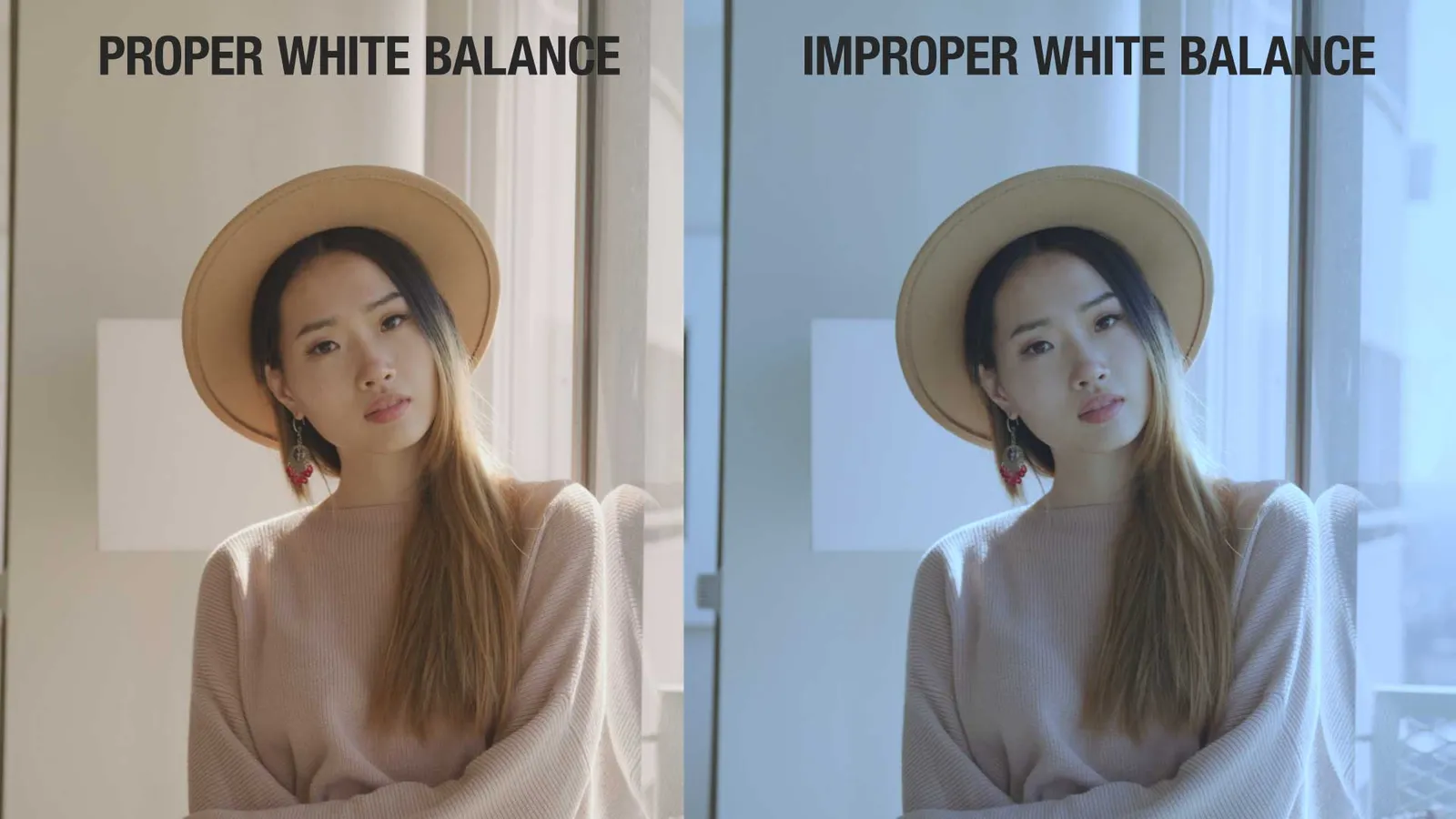
White Balance and Its Role in Log Format Video
White balance is an essential setting in log, as it affects the overall color accuracy and consistency of the footage.
Since log formats capture a wider color gamut, it is crucial to set the correct white balance during the shoot, ensuring accurate color reproduction and making the color correction process more manageable.
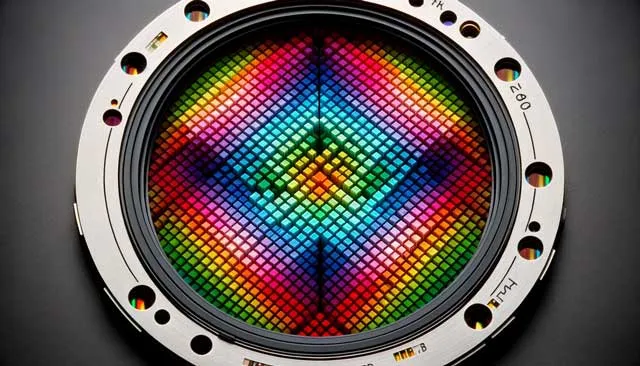
The Bayer Pattern and Its Significance in Log Video Format
The Bayer pattern is an arrangement of color filters used in most camera sensors to capture color information.
It comprises alternating red and green filters in one row, followed by alternating green and blue filters in the next.
The de-Bayer process in post translates this pattern into a full-color image.
Understanding the Bayer pattern is essential when working with log, as it affects the image's overall quality and color reproduction.
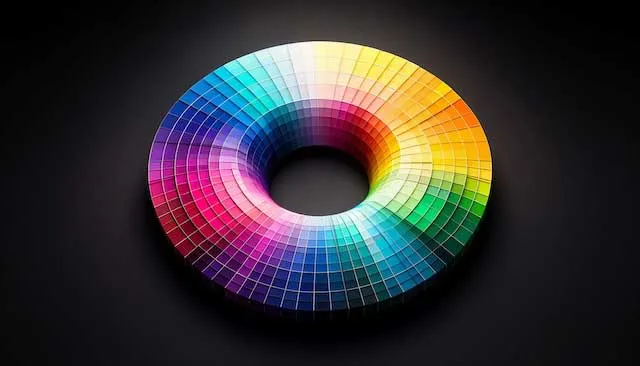
HDR and Its Relationship with Log Format Video
High Dynamic Range (HDR) is a technology that offers a broader range of luminance levels, enabling the display of brighter highlights and deeper shadows.
Log format, with its increased dynamic range, is particularly well-suited for HDR content creation.
By capturing a wider range of luminance values, log allows filmmakers to create content that takes full advantage of HDR displays, delivering a more immersive and true-to-life viewing experience.

The Role of LUTs in Log Workflow
Look-Up Tables (LUTs) are a vital component in the log workflow.
They are mathematical formulas that convert the flat, desaturated footage into a more visually appealing, high-contrast image.
LUTs can be used as a starting point for color correction, allowing filmmakers to quickly achieve a desired look or match the color profiles of different cameras.
In addition, many color correction software applications support the use of LUTs, simplifying the process of applying and modifying them.

Log Format and Its Impact on Storage Requirements
One downside of log is the increased storage requirements. Log footage generally has larger file sizes due to the higher bit depth and additional image information it captures.
This can be a challenge for filmmakers, as it requires more storage capacity and longer rendering times in post.
However, new video codecs and compressed formats, such as Blackmagic RAW and ProRes RAW, help mitigate these issues by offering a balance between image quality and storage requirements.

Educating Clients on the Benefits of Log Format Video
For filmmakers who work with clients, it's essential to educate them about the benefits of log. While the upfront cost and time investment may be higher, the enhanced dynamic range, flexibility in post, and potential for HDR content make it a valuable choice.
Explaining the advantages and providing examples of the improved image quality can help clients appreciate the value of using log for their projects.

The Importance of Monitoring and Exposure Tools
When working with log format, using proper monitoring and exposure tools is essential to ensure the best possible image quality.
Tools such as waveform monitors, histograms, and false color overlays can help filmmakers accurately assess exposure, while external monitors that support log profiles and HDR can provide a better representation of the final graded image.
On-set monitoring with LUTs can also be beneficial, as it allows the director, cinematographer, and other crew members to visualize the log footage with a more natural, high-contrast look.
This can improve communication and decision-making during production, resulting in a smoother post process.

Challenges and Best Practices for Shooting Log Format Video
Shooting log format presents several challenges that filmmakers must be aware of and prepared to address.
One such challenge is the increased risk of noise, particularly in the shadows. To mitigate this, it's essential to expose the image properly, often by slightly overexposing or using the"expose to the right" (ETTR)technique.
This approach can help maintain cleaner shadows and reduce noise in the final graded image.
Another challenge is the increased sensitivity to focus and detail. With the higher dynamic range and color information captured in log format, any issues with focus or sharpness become more noticeable.
Filmmakers must take extra care when focusing and may need to rely on tools such as focus peaking or magnification to ensure sharp images.
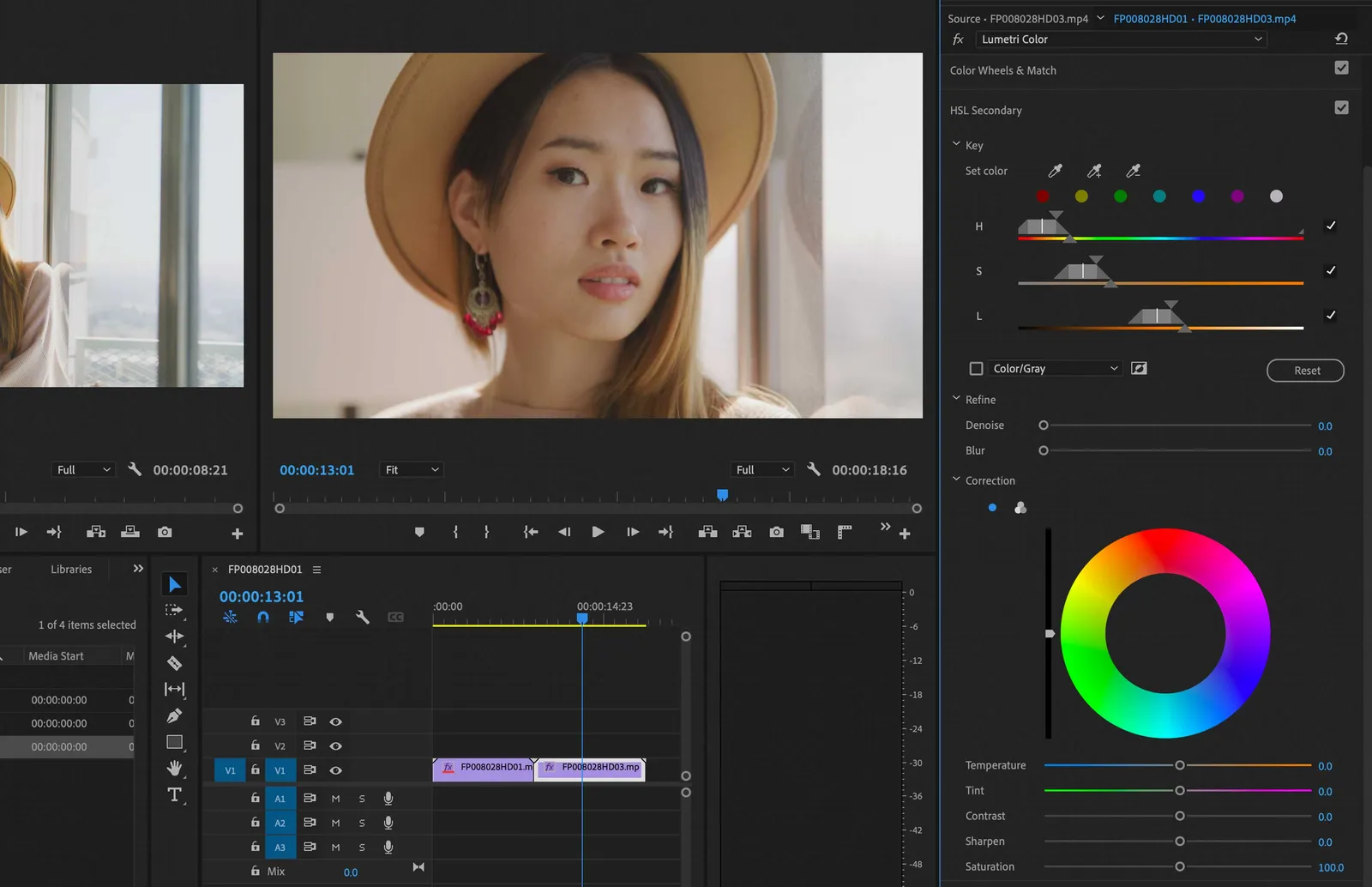
Learning and Mastering Color Grading for Log Format Video
Color grading is a critical aspect of working with log. To make the most of log footage, filmmakers must develop strong color correction skills or collaborate with experienced colorists.
Learning the fundamentals of color theory, understanding the capabilities and limitations of different color correction software, and practicing with various log footage samples can help filmmakers refine their color correction abilities.
Additionally, seeking feedback from peers or mentors and studying the work of accomplished colorists can provide valuable insights and inspiration for creating visually stunning and emotionally impactful content.
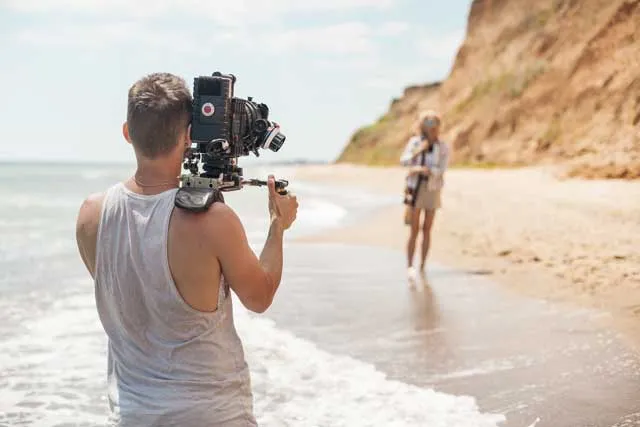
The Future of Log Format Video in Filmmaking
As camera technology continues to evolve, log formats are becoming a standard feature in most cameras.
This trend is likely to continue, as log offers filmmakers the ability to capture more dynamic range and image information, resulting in higher-quality footage and greater creative freedom in post.
Moreover, advancements in color correction software and high-resolution displays are making it easier for filmmakers to work with log footage and achieve stunning results.
Conclusion
Log format video has transformed the filmmaking landscape by providing filmmakers with increased dynamic range, color accuracy, and creative control. As camera technology advances and log becomes more widely accessible, filmmakers must adapt and embrace these changes to stay competitive in the industry.
By mastering the nuances of shooting and grading in log, and collaborating effectively with their teams, filmmakers can produce visually stunning and emotionally resonant content that captivates audiences and elevates the art of storytelling.
Log Format Video Frequently Asked Questions
What is the difference between RAW and log?
RAW formats and log are two different ways of capturing video data. Shooting RAW files contain uncompressed raw data straight from the camera's sensor, while log files are compressed video formats that apply a specific gamma curve to maximize dynamic range. Many raw formats require more processing power and hard drive space.
What is log in video editing?
Log in video editing refers to working with very flat footage, which is video that has been recorded using a log format. Editing log clips typically involves color correction and adjusting exposure to maximize the final image quality and take advantage of the format's increased dynamic range.
What is the advantage of log format video?
The main advantage of log is its increased dynamic range compared to standard video formats. This allows for greater flexibility in post when color correcting and adjusting exposure, as more details are preserved in the highlights and shadows.
What is the difference between log and flat video?
Log is a specific type of flat video that uses a logarithmic gamma curve to maximize dynamic range. Flat video, in general, refers to footage with low contrast and a desaturated appearance, which provides more flexibility for color correction in post.
What does log footage look like?
Log typically appears very flat, with low contrast and desaturated colors. This is because the log format prioritizes capturing a wide dynamic range, allowing for greater flexibility in post when adjusting exposure and color correction.
What is camera log?
Camera log refers to the log format used by a specific camera. Many camera manufacturers have their own log formats, such as Canon Log, S-Log, and V-Log, which are designed to maximize the dynamic range captured by their camera sensors.
Which cameras shoot in log?
Many modern cameras, including DSLRs, mirrorless cameras, and cinema cameras, offer the ability to shoot in log formats. Some popular camera models with log capabilities include the Canon EOS R5, Sony A7S III, Panasonic Lumix GH5, and Blackmagic Pocket Cinema Camera 4K.
Is log the same as RAW?
Log is not the same as RAW. Log is a compressed video format that uses a specific gamma curve to maximize dynamic range, while RAW files contain uncompressed data straight from the camera's sensor, providing even greater flexibility in post.
What is log vs linear camera?
A log camera records footage using a log format, which compresses the image data using a logarithmic gamma curve to maximize dynamic range. A linear camera records footage using a standard video format that has a more limited range and does not apply any gamma curve compression.
Can you shoot log on any camera?
Not all cameras offer the ability to shoot in log format. Generally, log capabilities are found in higher-end DSLRs, mirrorless cameras, and cinema cameras. Some popular camera models with log capabilities include the Canon EOS R5, Sony A7S III, Panasonic Lumix GH5, and Blackmagic Pocket Cinema Camera 4K. It's essential to check the specifications of your camera model to determine if it supports log recording.
How do I convert log footage to Rec. 709?
To convert log to Rec. 709, you'll need to use a color grading software or video editing application that supports color management and LUTs (Look-Up Tables). Many popular video editing applications, like Adobe Premiere Pro, DaVinci Resolve, and Final Cut Pro X, offer built-in tools for converting log to Rec. 709. Typically, this process involves applying a LUT specifically designed for your camera's log format, followed by additional color grading and exposure adjustments as needed.

About the Author
Joseph Nilo has been working professionally in all aspects of audio and video production for over twenty years. His day-to-day work finds him working as a video editor, 2D and 3D motion graphics designer, voiceover artist and audio engineer, and colorist for corporate projects and feature films.
Parent Article:
Log Video Formats Reference Guide
Related Articles:
The Evolution of Log Video Formats
Demystifying Log Video Formats
Log Video Formats vs. Traditional Video Formats
Top 10 Log Video Format Cameras
Color Grading Techniques for Log Video Formats
The Impact of Log Video Formats on Modern Cinematography
Mastering Post-Production Workflows for Log Video Formats
Best Practices for Archiving and Storing Log Video Format Files
Video Editing Related Posts
Adobe Creative Cloud for Video Editing
Top 10 Video Editing Software for Mac
The Benefits of Dual-Monitor Setups for Video Editing
How to Choose the Right Video Editing Monitor for Your Needs
Best Monitors for Video Editing
Best Video Editing Software in 2023
Best Mac for Video Editing in 2023
(Almost) 50 Mistakes Every New Video Producer Makes
Breakthrough AI Tools: Elevate Your Video Production Game!
- Understanding Log Video
- Advantages Of Log Video Format
- Popular Log Formats
- Camera Manufacturer And Model Log Formats Reference
- Arri
- Blackmagic Design
- Canon
- DJI
- JVC
- Nikon
- Olympus / OM Systems
- Panasonic
- RED
- Sony
- The Importance Of Gamma Curves In Log Video
- Color Correction And Grading In Log Video
- Understanding Bit Depth And Its Impact On Log Video
- White Balance And Its Role In Log Format Video
- The Bayer Pattern And Its Significance In Log Video Format
- HDR And Its Relationship With Log Format Video
- The Role Of Luts In Log Workflow
- Log Format And Its Impact On Storage Requirements
- Educating Clients On The Benefits Of Log Format Video
- The Importance Of Monitoring And Exposure Tools
- Challenges And Best Practices For Shooting Log Format Video
- Learning And Mastering Color Grading For Log Format Video
- The Future Of Log Format Video In Filmmaking
- Conclusion
- Log Format Video FAQ
Parent Article:
Log Video Formats Reference Guide
Related Articles:
The Evolution of Log Video Formats
Demystifying Log Video Formats
Log Video Formats vs. Traditional Video Formats
Top 10 Log Video Format Cameras
Color Grading Techniques for Log Video Formats
The Impact of Log Video Formats on Modern Cinematography
Mastering Post-Production Workflows for Log Video Formats
Best Practices for Archiving and Storing Log Video Format Files
Video Editing Related Posts
Adobe Creative Cloud for Video Editing
Top 10 Video Editing Software for Mac
The Benefits of Dual-Monitor Setups for Video Editing
How to Choose the Right Video Editing Monitor for Your Needs
Best Monitors for Video Editing
Best Video Editing Software in 2023
Best Mac for Video Editing in 2023
(Almost) 50 Mistakes Every New Video Producer Makes
Breakthrough AI Tools: Elevate Your Video Production Game!
